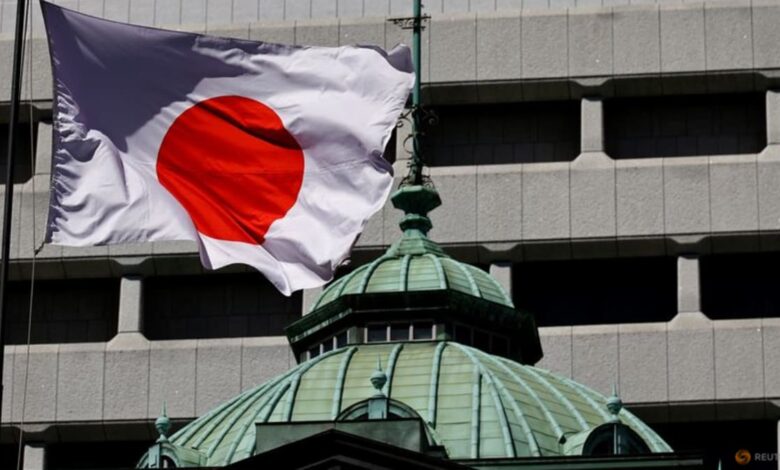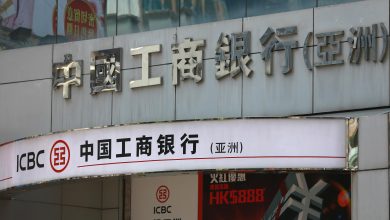BOJ to decide bond-purchase reduction by end-July, say economists

TOKYO :The Bank of Japan will decide to start tapering the size of its bond-buying by end-July, according to nearly two-thirds of economists polled by Reuters, while close to 90 per cent forecast an interest rate hike to at least 0.20 per cent by the end of the year.
The findings reflect forecasters’ stronger conviction that the BOJ will gently tighten policy even as most other major central banks look toward easing.
Although the Japanese central bank ended negative rates in March, it has stuck to its guidance of buying roughly 6 trillion yen ($38.3 billion) per month of government bonds to avoid sudden spikes in yields.
However, the BOJ is facing growing political pressure to slow the yen’s decline, blamed for squeezing households through higher import costs, and being compelled to take action such as slowing bond purchases and raising interest rates.
Forty-one percent of economists, or 11 of 27, predicted the BOJ would make a decision on bond-buying reduction as early as the June meeting, while another 22 per cent said July, the May 16-22 poll found.
“The decision to start (bond purchase reductions) in the early stages of normalisation is already seen as a consensus among policymakers and appropriate in terms of reducing additional yen depreciation pressure,” said Ayako Fujita, chief Japan economist at JPMorgan Securities.
Three economists opted for September, while another three said the bank would wait until 2025 or later.
The BOJ made an unannounced cut last week to the amount of Japanese government bonds it offered to buy in a regular purchase operation and Japan’s 10-year government bond yield crossed 1 per cent for the first time in 12 years on Friday, with expectations of further policy tightening.
While all but one of the 54 economists in this month’s poll predicted the next interest rate hike would not take place in June, 88 per cent (or 43 of 49) responded the policy rate would increase to at least 0.20 per cent by year-end, up from 65 per cent in the April poll.
Specifically, 47 per cent, or 25 of 53, said borrowing costs would rise to between 0.20 per cent and 0.35 per cent in the July-September quarter. Another 41 per cent of economists, 20 of 49, forecast that the BOJ will raise rates to either 0.20 per cent or 0.25 per cent in the October-December period.
Seven economists who expected a rate increase next quarter also saw the policy rate being lifted to either 0.30 per cent or 0.50 per cent in the three months to December.
“The BOJ needs to show their ability to raise the policy rate to stem a rapid depreciation of the yen, even if they have little room in reality,” said Chiyuki Takamatsu, chief economist at Fukoku Mutual Life Insurance.
The median forecast showed the upper end target of the overnight call rate, currently at 0.10 per cent, would be raised to 0.50 per cent by the April-June quarter of next year, compared to the October-December quarter of 2025 predicted in the April poll.
Of a sample of 33 economists who provided a forecast for which month the BOJ would next hike rates, October was the top pick with 39 per cent, followed by July with 27 per cent and 15 per cent in September.
The yen’s fall to a 34-year low against the U.S. dollar last month triggered a suspected round of intervention by Japanese authorities and piled pressure on the BOJ to tilt its policy stance more towards the hawkish spectrum.
In the poll, 85 per cent of economists, or 22 of 26, said the government and BOJ will intervene to stem the Japanese currency from weakening further, down from 91 per cent in April.
Nearly three-quarters, or 16 of 22, who answered a follow-up question, said they expected action if the yen declined to 160 against the dollar.
(For other stories from the Reuters global economic poll:)
($1 = 156.5900 yen)





